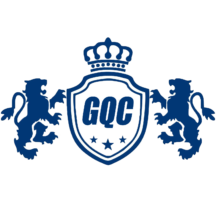Learn how to integrate quality management into your organization’s processes. You’ll leave this course with a draft action plan customized to fit the needs of your business. These concepts are applicable to a wide range of industries including manufacturing, service, education, and healthcare.
Quality management just makes sense. You need to know how to make it a part of your organization. In this course, you’ll review advanced quality management principles, best practice techniques, tools, and skills. You’ll find these concepts useful in a wide range of businesses and organizations including manufacturing, service, government, education, and healthcare. The course uses adult learning principles including Discovery Learning techniques, small group work, self-assessments, articles, and mini-case study reviews. You will create a list of key areas for improvement and develop a draft action plan that you can finalize back on the job. This two-day virtual course provides you with a comprehensive review and working knowledge of key concepts and practices included in the following: GQC’s Certified Manager of Quality/Organizational Excellence Body of Knowledge GQC’s Certified Quality Improvement Associate Body of Knowledge
Learning Objectives:
- Apply QM concepts and practices to create workplace value
- Utilize a course overview road map to understand the integration of each module and the “big picture”
- Make use of the GQC Futures Study to see and understand the impact of change on their business and the changing roles of quality professionals
- Compare and contrast the use of business excellence models and standards as a key management tool; understand the goals of quality management that support business excellence
- Apply the best practices in culture, leadership, and change management to assure adequate consideration is given to key human factors needed to achieve technical solutions
- Be able to understand the evolution of business metrics and today’s use of metrics to align with and deploy business strategy
- Familiarize themselves with the framework of a Balanced Scorecard,
- Recognize elements of best practice customer listening posts and the strategic use of customer value drivers to target and improve performance.
- Examine the strategic use and integration of improvement methods such as cost of Quality, Six Sigma, Lean Six Sigma, and bench marking.
